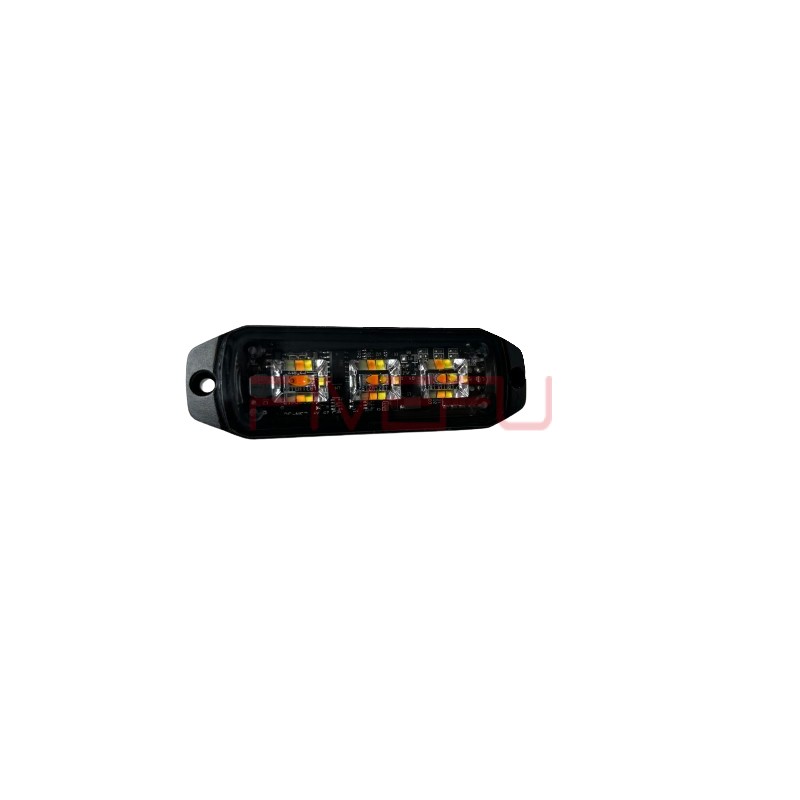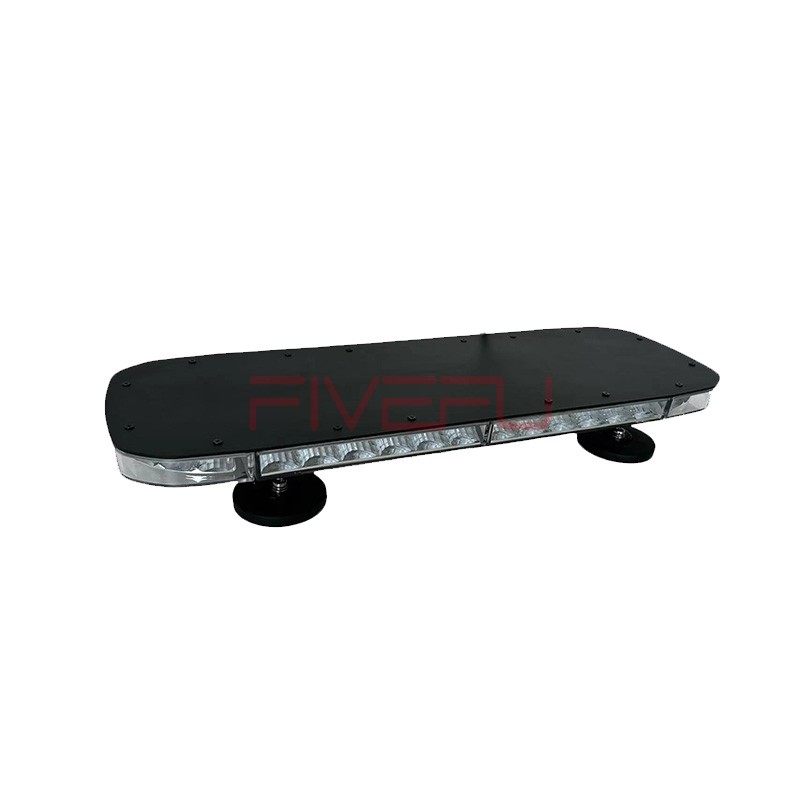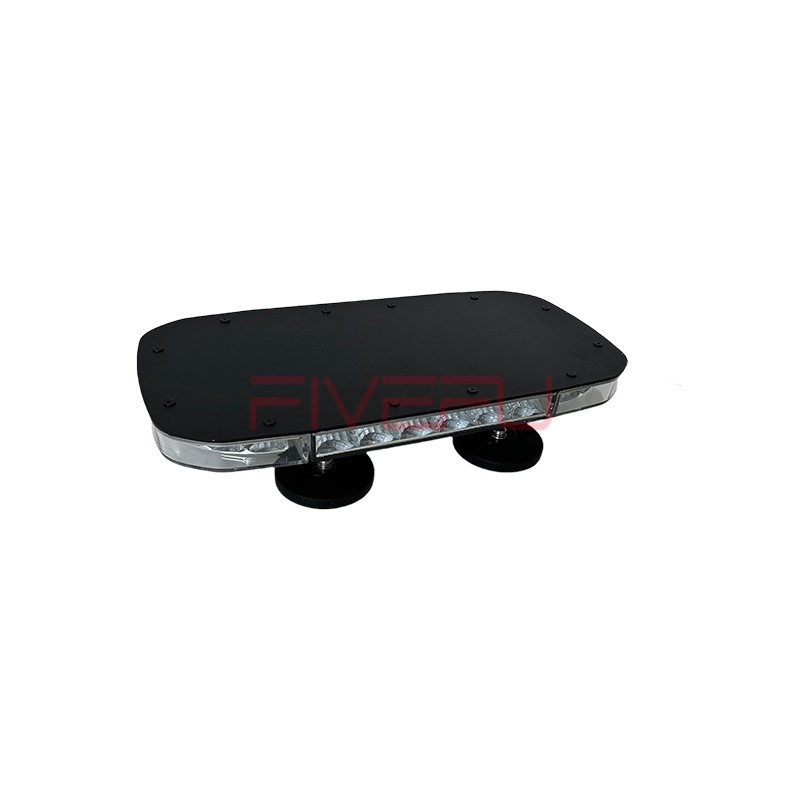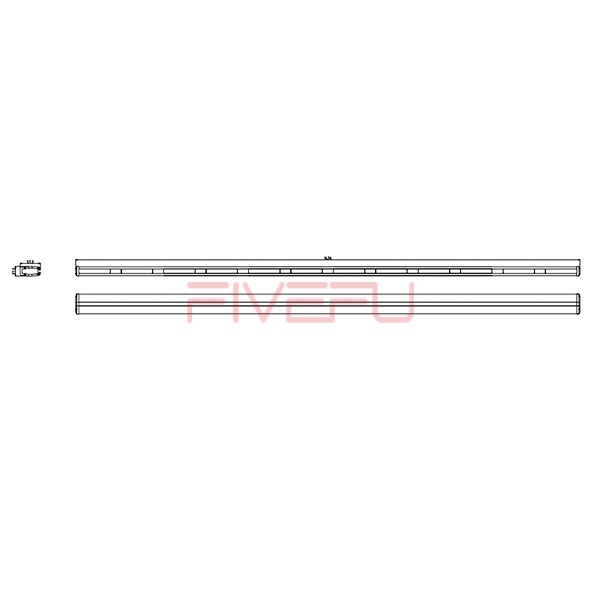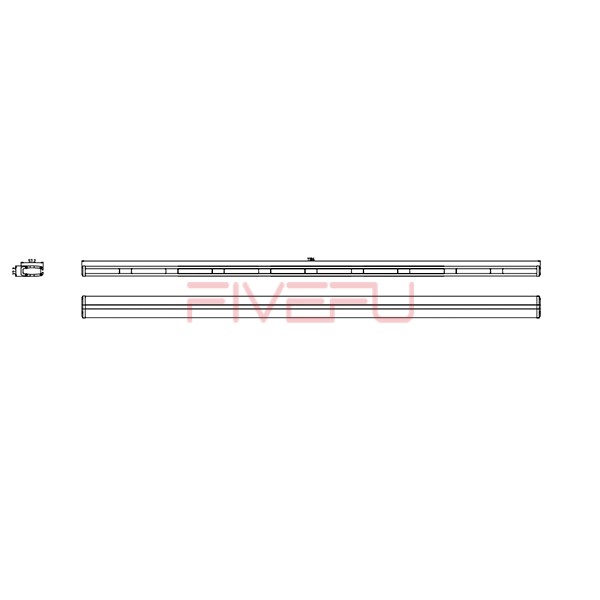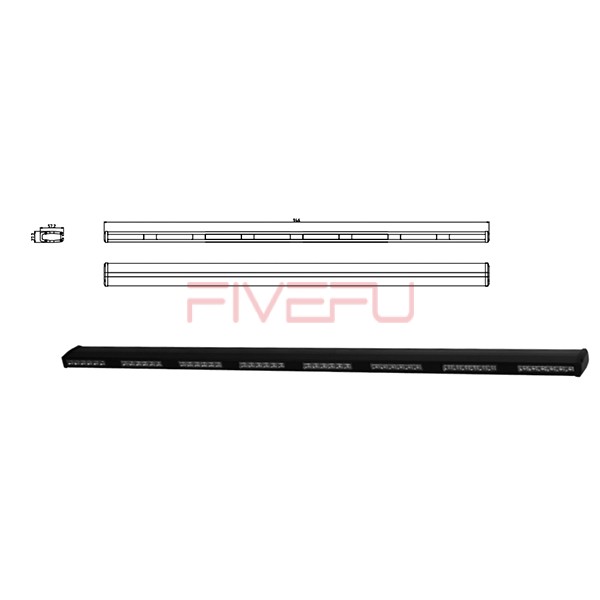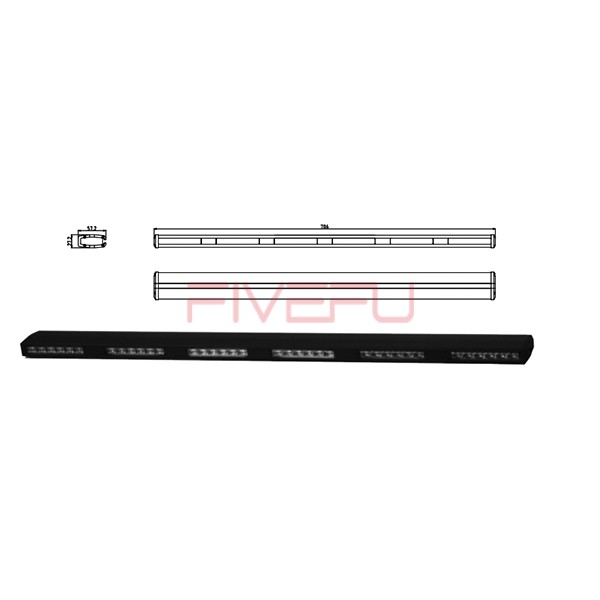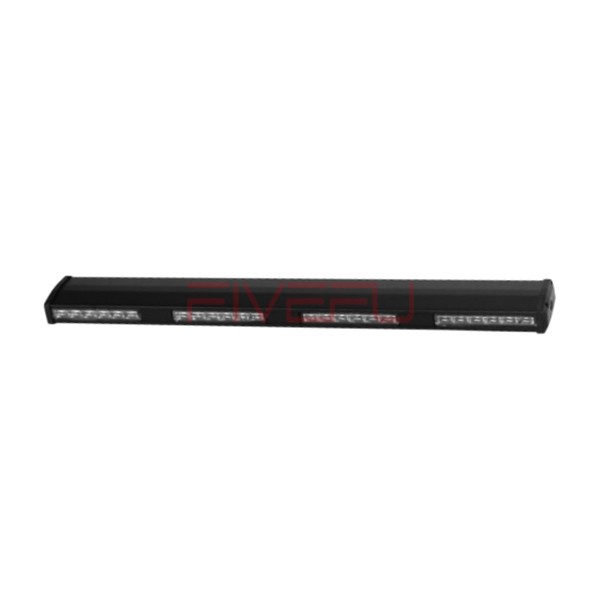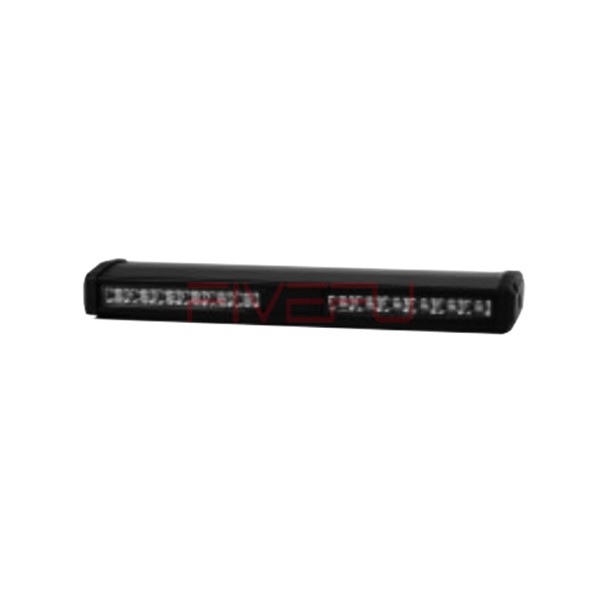Ignoring traffic rules when using emergency lights wrongly causes confusion, leading to accidents. Understanding the legal use ensures compliance and safety.
Emergency lights can sometimes be used without sirens, but legality depends on regional laws. In many places, sirens are mandatory when lights are active to alert drivers. Misuse without authorization may result in fines, penalties, or legal action. Always verify local regulations before operating emergency vehicle equipment.
Keep reading to learn the exact rules and avoid costly mistakes.
Legal Framework of Emergency Lights and Sirens
Emergency lights and sirens serve different but connected functions:
-
Lights: provide visibility.
-
Sirens: offer auditory warnings.
Laws generally require both to be used together during emergencies to maximize road safety. Police, fire, and ambulance services usually must activate sirens when lights are flashing. Exceptions may occur for quiet approaches, such as crime scenes or residential areas at night.
Civilian use of emergency lights without proper authority is almost universally prohibited. Unauthorized installation or use can lead to vehicle impoundment and criminal charges. Even security companies or volunteer responders must apply for permits.
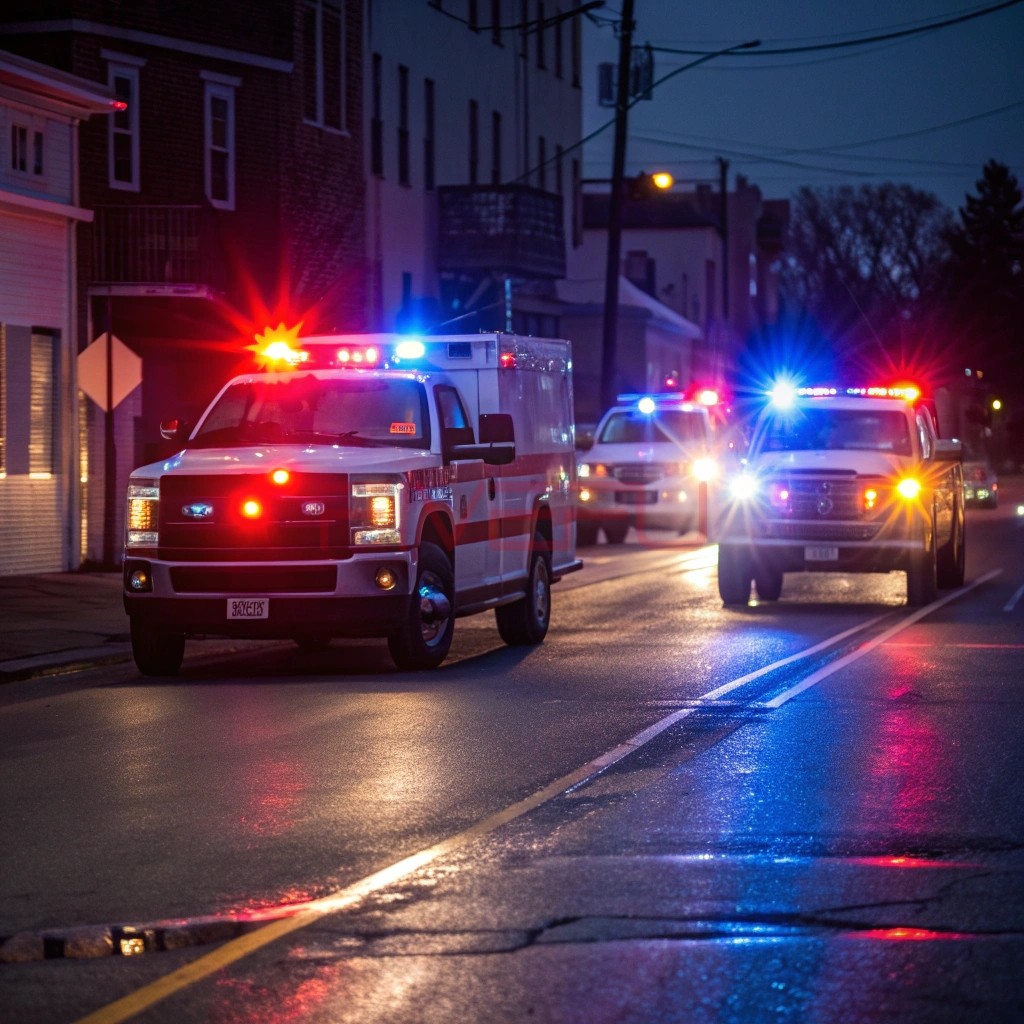
Situations Where Lights May Be Used Without Sirens
Some jurisdictions allow lights-only use in specific cases:
-
Ambulances: silent running for late-night patient transfers.
-
Police: tactical approaches without sirens.
-
Firefighters: returning to base without urgent calls.
These exceptions are limited to trained professionals. For the public, using emergency lights—especially without sirens—is almost always unlawful. Misunderstanding these rules can expose drivers to liability in accidents.
Consequences of Misuse
Improper use of emergency lights carries heavy penalties:
-
Fines from hundreds to thousands of dollars.
-
Points on driving licenses.
-
Possible jail time.
Misuse creates road confusion; other drivers may react unpredictably, increasing crash risks. Insurance claims can be denied if unauthorized equipment is used. Authorities often treat illegal use as impersonation of law enforcement, which is a serious criminal offense.
How to Stay Compliant
-
Verify local laws regarding emergency lights and sirens.
-
Ensure proper permits if you work in security or medical transport.
-
Avoid installing red, blue, or strobe lights that mimic official emergency equipment.
-
Use approved civilian warning lights (e.g., amber for tow trucks or construction vehicles).
-
Always yield when seeing emergency lights, with or without sirens, to ensure safety.
Summary
Emergency lights without sirens are rarely legal—always follow local laws to stay safe and compliant.
